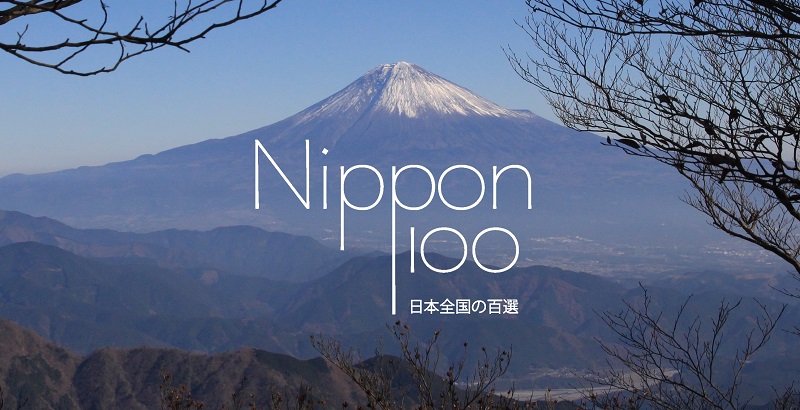Horyu-ji temple by itself is a good reason to leave Nara center, the deers and the famous sights, in order to dive in Japan’s ancient history. The journey will take you as far as the Asuka period (538-710) when Buddhism reached the country. The temple, where some of the world oldest wooden structures are to be found, allows to understand how Japanese architecture and sculptures distinguished themselves from their Indian and Korean origins within a couple of centuries. Horyu-ji was among the first nominated World Heritage sites of Japan, in 1993, and is one of the Heisei 100 landscapes.
At first sight, it is not the most colorful or impressive temple to be found in Japan – or even in Nara. But it would be a terrible mistake to stick to that first impression and not to learn more. Because Horyu-ji is nothing else than the oldest wooden building of the world, first built in 605 and rebuilt before 700 after a fire in the 670s. A 1400-years-old building.
The journey to the Asuka period (538-710) is thus very special, and definitely worth it. Visiting such an old structure is rare in Japan as most of the country’s temples have been rebuilt on a regular basis during their history, every 60 or 80 years for example. The five-storied pagoda to be found on the temple precinct is also the oldest of its kind in Japan.




As for us, we explored Horyu-ji on a rainy day (and had thus to visit it again a few days later for the photos) at the same time than many schoolboys and girls, as it seemed to be the field trip season. For the History classes, the temple is a great one, as it pictures the moment when Buddhism first arrived in Japan, at the beginning of the 7th century following Emperor Yomei and Prince Shotoku initiative.
Travelers first see the temple from afar, in the middle of the green nature of Nara prefecture. The visit then begin with the western precinct, the oldest, where the main building (the kondo) and the five-storied pagoda are to be found, standing in a wooden and simple square. The details about its history – and the exact dates everything was built – were discovered written behind the head of Yakushi Nyorai, one of the many kondo sculptures.




One of the highlights of a visit to Horyu-ji is the kondo‘s interior, and its many sculptures. They are a concrete example of the Japanese Buddhist sculpture evolution from the 7th to the 13th century. The main thing to notice is how the physiognomy changed, with the faces becoming more and more round as they lost their Indian and Korean features. Unlike the sculptures, the mural paintings in the kondo are not original – they were incidentally burnt during their restoration in 1949.
Taking photos in the kondo, and it is also the case for the scenes (terracotta from 711) depicted in the pagoda, is strictly forbidden.


 |
 |

The 1500 yen entrance ticket also allows to visit the temple treasure, which is introduced in a modern museum housing many many National Treasures of Japan. Among them, the Yumechigai Kannon is a powerful dream changing in front of who many schoolboys and girls and adults are offering a silent pray.
The last part of the visit is the Eastern precinct, built during the 8th century to honor the memory of Prince Shotoku, at the location his palace was standing. The main building is the Yumedono or “Dream Hall”, an octagonal block housing again many sculptures from that 1200 years old Japan. The main object of worship is a representation of Kuse Kannon from Asuka period, whose face the same as Prince Shotoku’s.


How to get there?
Horyu-ji station is easy to reach from Nara or Osaka, using the JR Yamatoji Line. The journey is about 10 minutes from the first and 40 from the second (220 or 460 yen). In you are coming from Nara, simply pay attention to reach the JR station, and not the Kintetsu one.
From the station, Horyu-ji temple is a 25-minutes walk away. A bus is also available about every 20 minutes, reaching Horyujimonmae bus stop in a few minutes (bus n°72, 190 yen).
Another option from Nara city is to catch the bus n°97, either in front of Kintetsu or the JR station (one hour, 760 yen).








